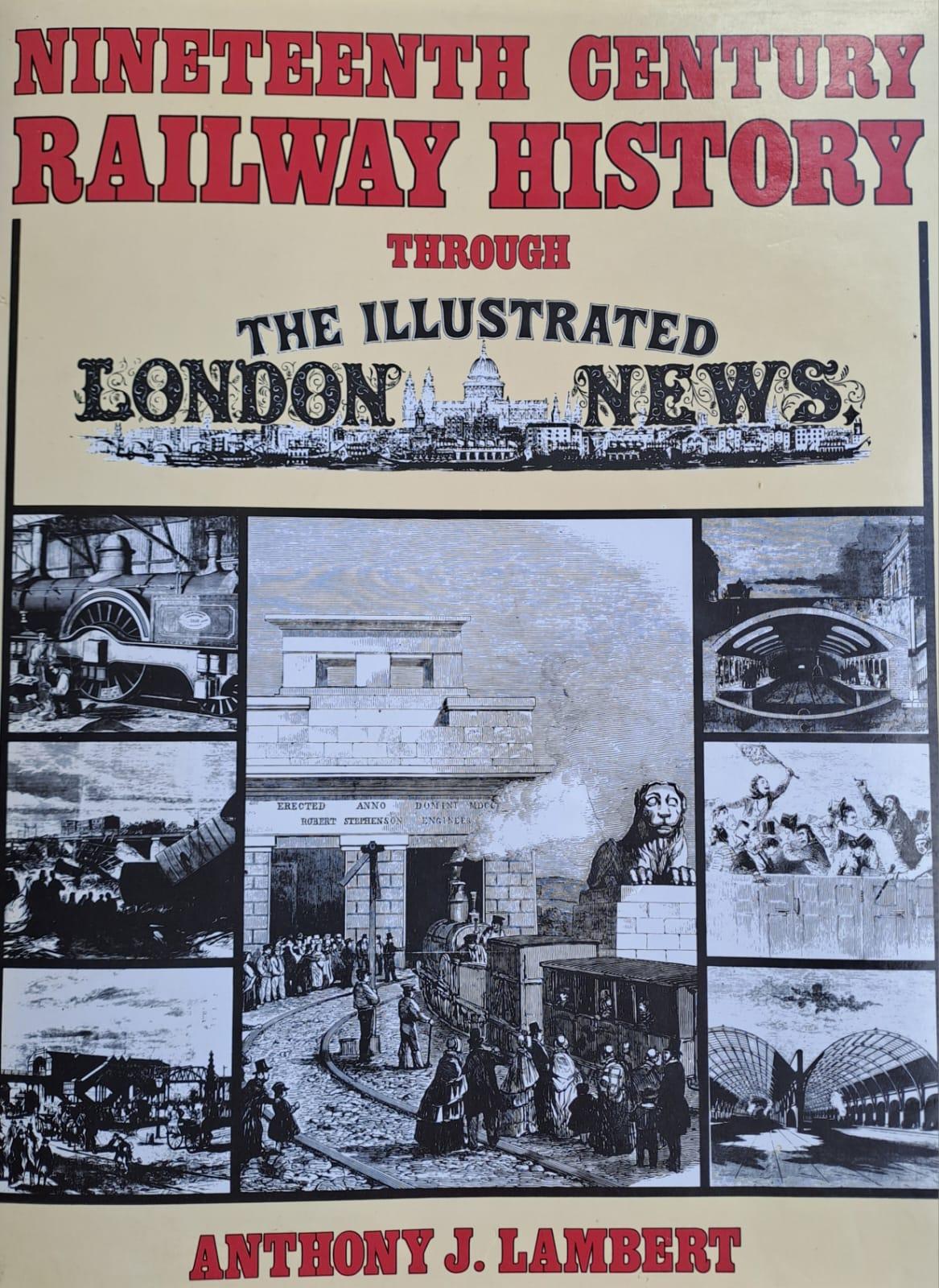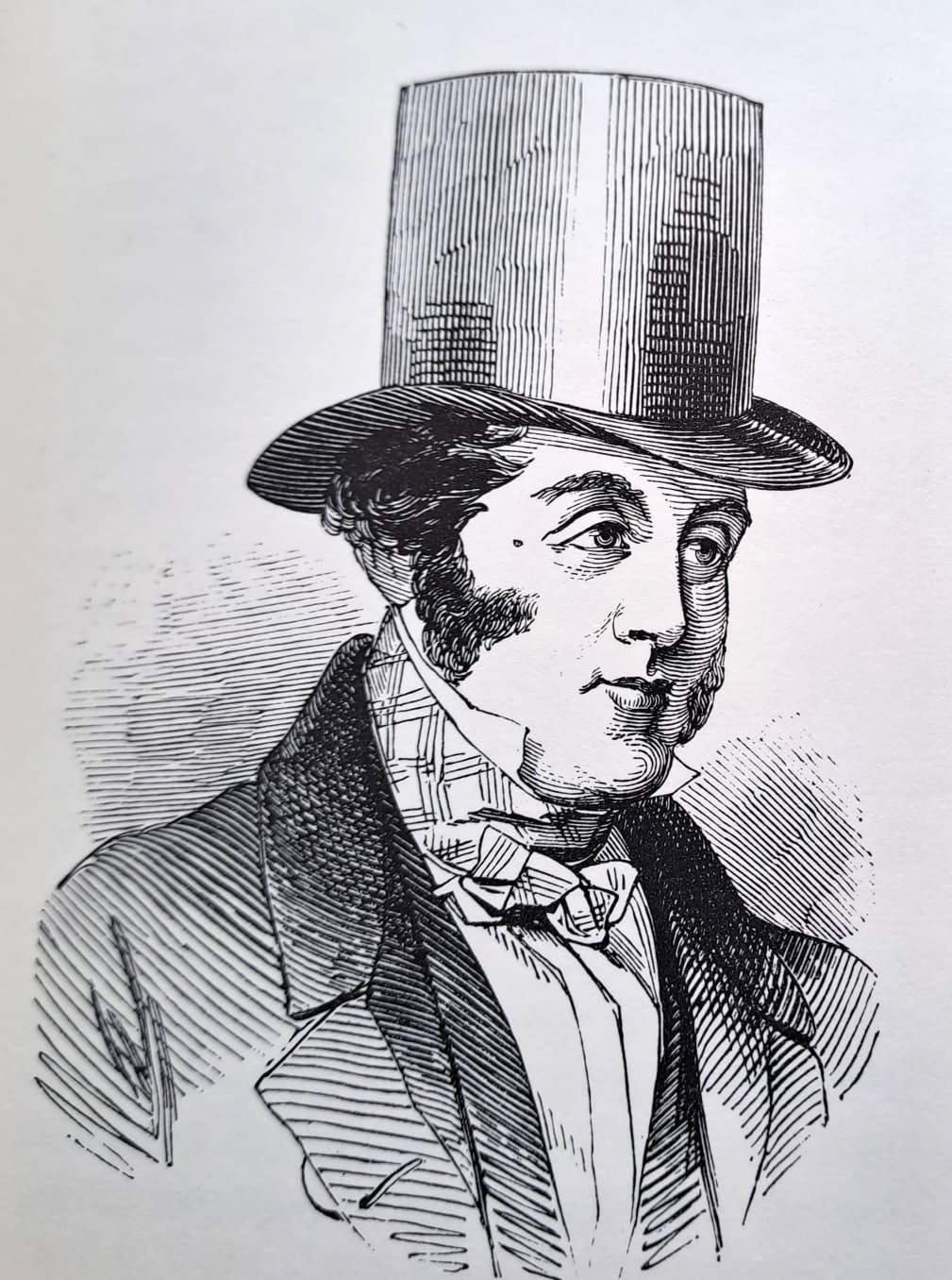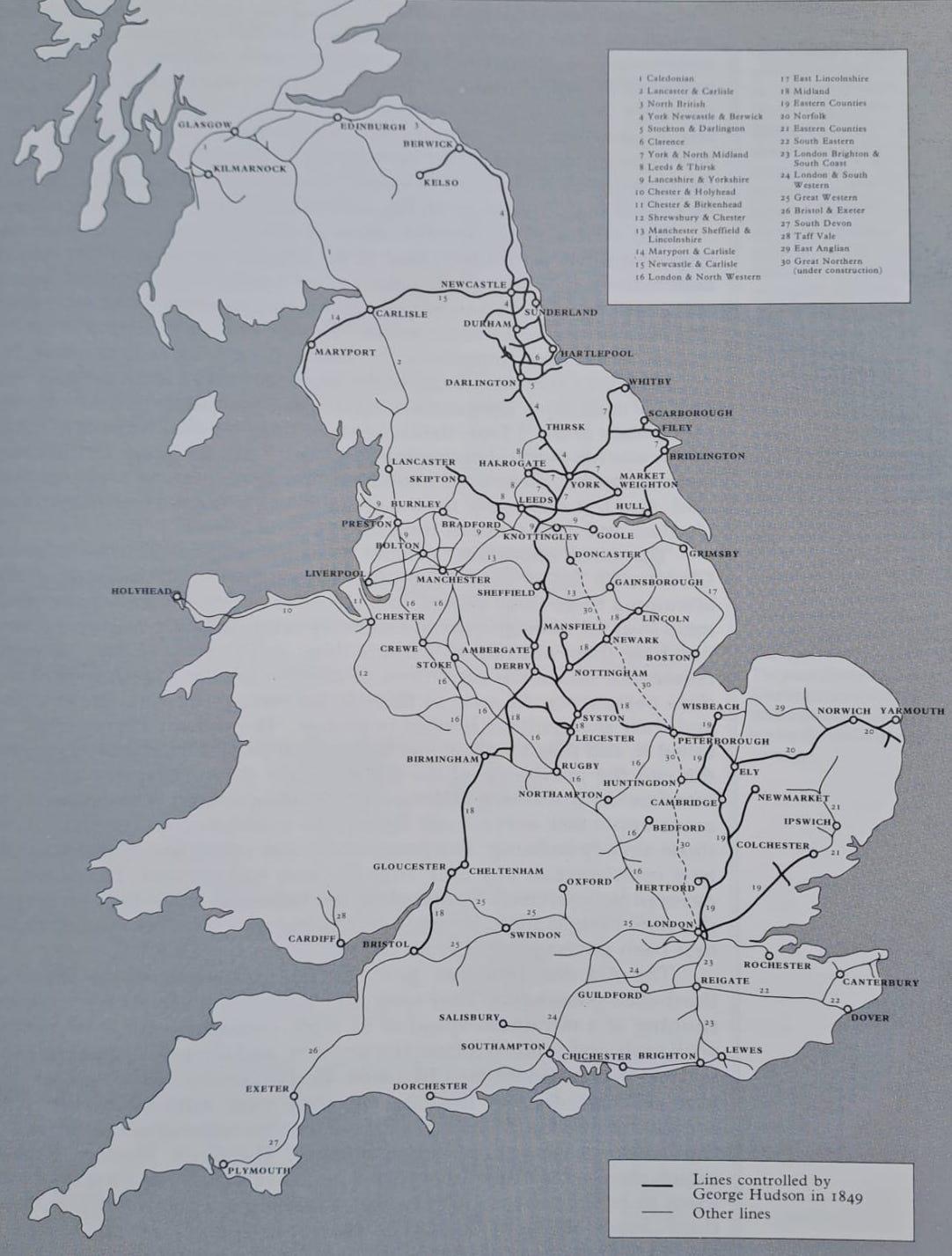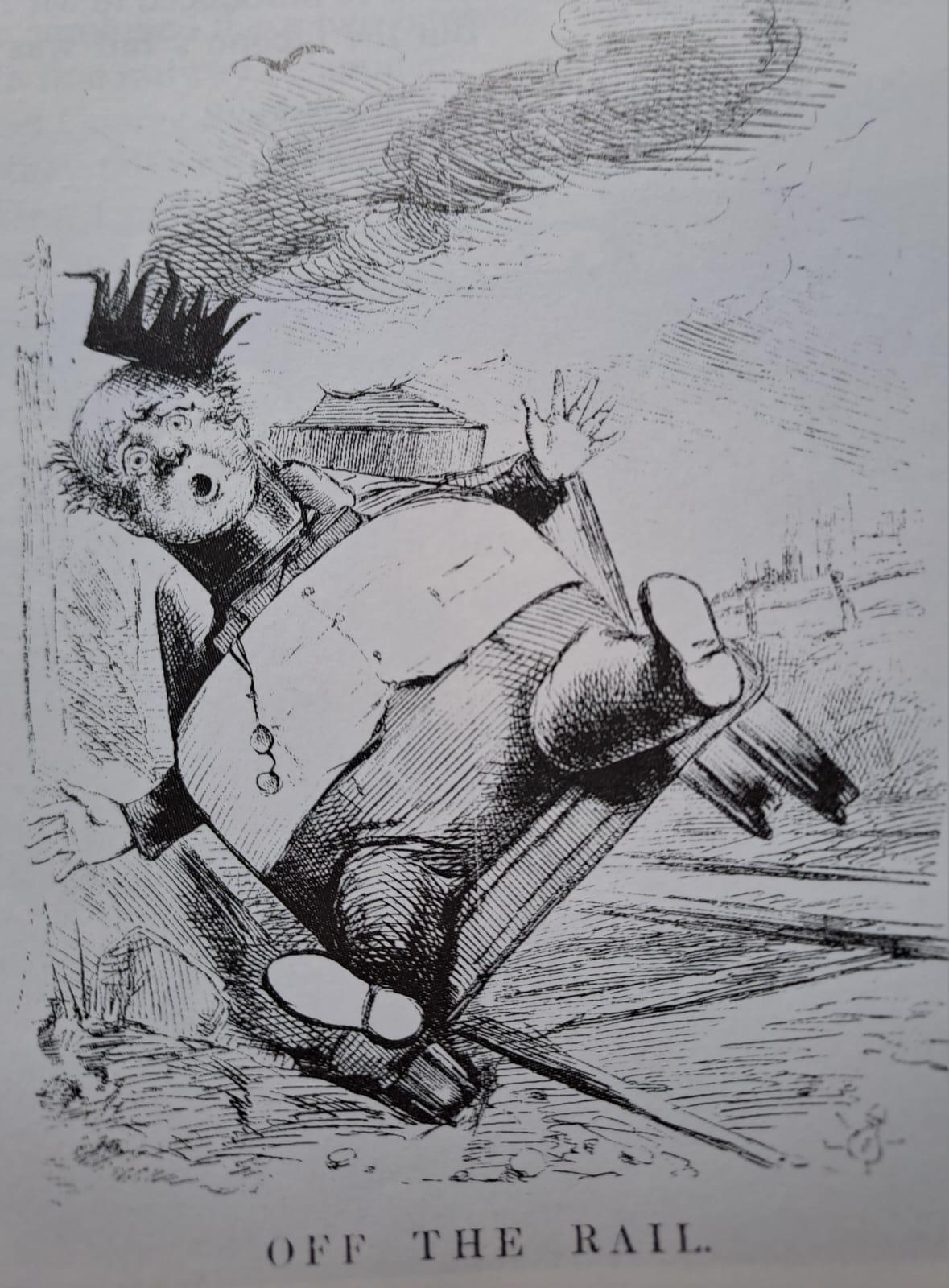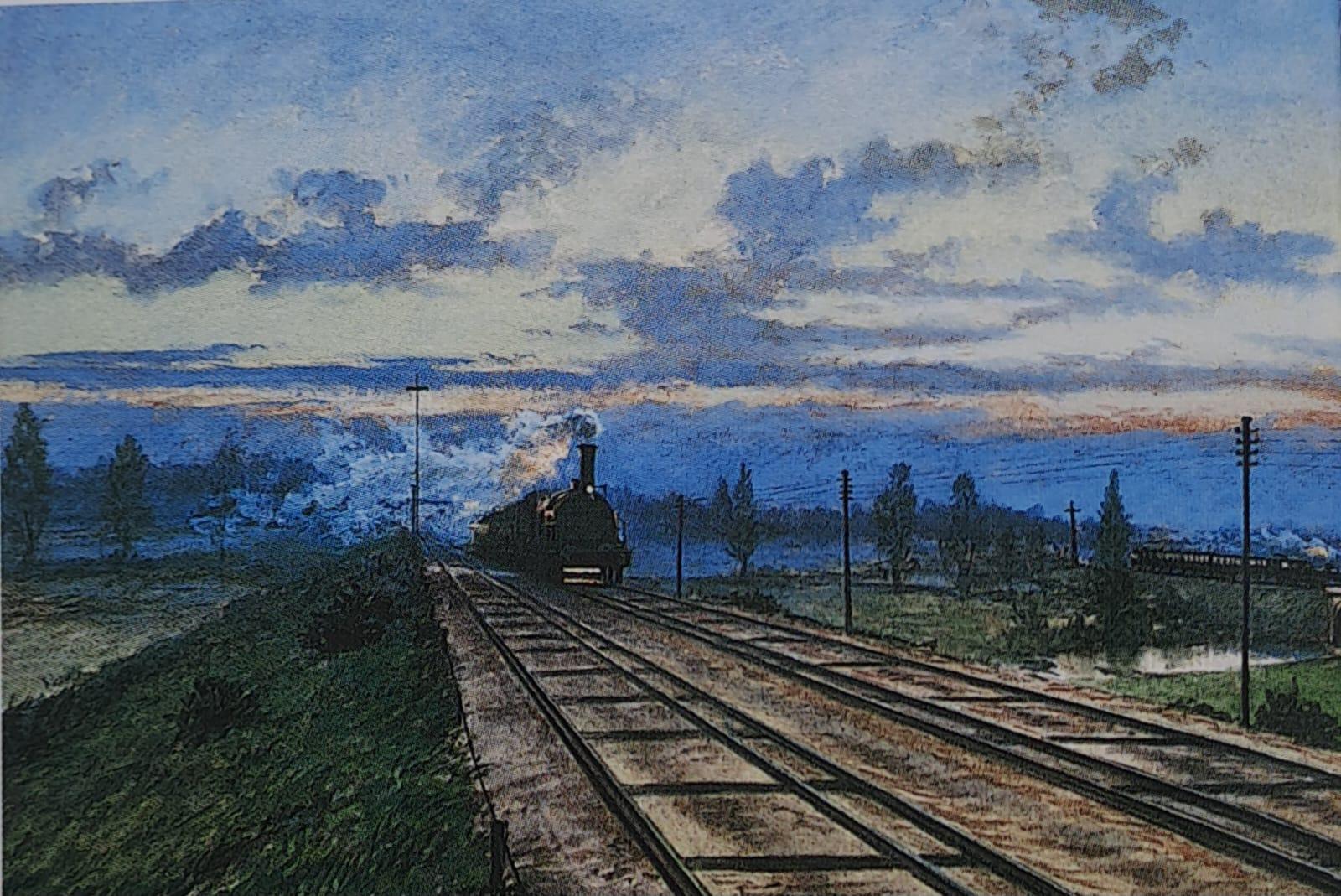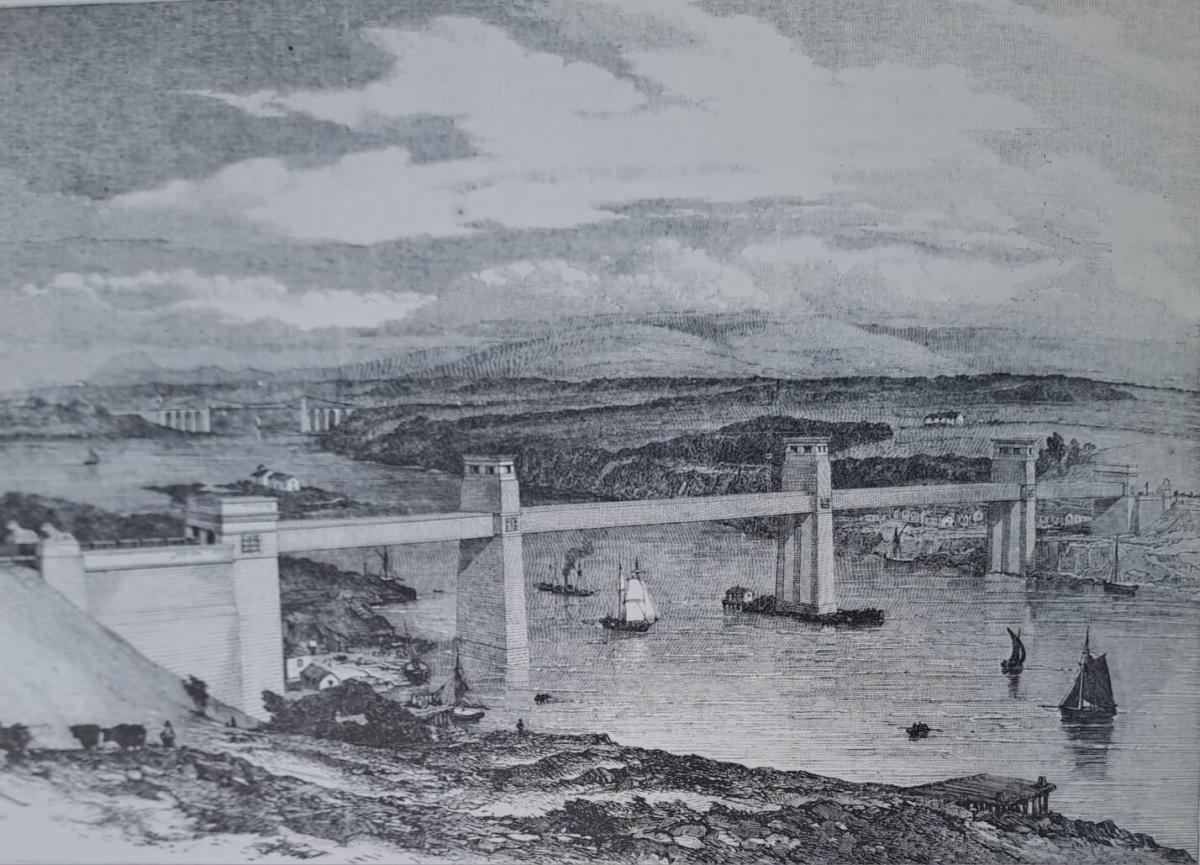
Disclaimer: Any views expressed by individuals and organisations are their own and do not in any way represent the views of The Heritage Portal. If you find any mistakes or historical inaccuracies, please contact the editor.
This year Britain celebrates “Rail 200”, the bicentennial of the Stockton and Darlington Railway, which had its opening on the 27th September 1825. It was not the first public railway, that honour was bestowed on the Surrey Iron Railway of 1803 (horse drawn & goods only), but it was the first to envisage and employ steam loco-motion (the Iron Horse). As engineered by George Stephenson, it was laid out with steam engines in mind, thus the curves were more gradual and the gradients more level than was the norm for horse drawn tramways. Its immediate success would lead to further railways being proposed, built and operated, which would culminate in a revolution not only in transportation, but also in the way we live.
Concurrent with the growth in railways during the second quarter of the nineteenth century was the establishment of a weekly journal which included several illustrations to accompany the written articles. The periodical in question was the “Illustrated London News” (ILN). It had its first issue on Saturday the 14th May 1842, with the main feature covering the Fancy Dress Ball at Buckingham Palace, held by the young Queen Victoria.
For the price of sixpence (6d) the reader got sixteen pages containing forty-eight columns of news along with thirty-two “woodcuts” (large & small). It is well to remember that photography was still in its infancy and would not come to the fore until circa 1850 and thus prior to then a “woodcut” (a relief printing technique) was the preferred method of printing a picture or diagram onto paper.
The ILN was the brainchild of Herbert Ingram, a Nottingham printer who saw an opportunity in the newspaper market for a paper that carried graphics as well as the printed word. He would move to London in pursuit of his idea and he would recruit artists and journalists to help him realise it. From the very outset the ILN was railway minded and through the turbulent period of railway development of the mid nineteenth century its columns would tell the reader not only about the railways themselves, but also the trains that ran on them and what they conveyed.
The ILN ceased publication in 2003, but it has left an archive of all its Issues for posterity, which can be researched by accessing the “Internet Archive” (www.archive.org). By delving into the back numbers, the contemporary accounts of life as experienced by our Victorian forebears can be recalled.
With regard to matters pertaining to railways, I can consider myself fortunate in having in my library a book entitled “Nineteenth Century Railway History through the Illustrated London News”. It makes for fascinating reading as it covers all aspects of the railways during the reign of Queen Victoria (1837-1901).
Book Cover
More railways in Britain were promoted in the period between 1844 and 1847 than ever before or since, due to a flurry of investment. The period became known as the “Railway Mania”. It was a son of a Yorkshire farmer who would be in the van of those who speculated in stocks and shares. His name was George Hudson (1800-1871) and he would rise to fame and fortune as a railway magnate. He was known as the “Railway King”, as at one time he would control one third of all railways then in existence (1000 route miles).
George Hudson - The Railway King (ILN 1845)
Railway Empire of George Hudson
A column in the ILN (page 12 of Issue 175, Volume 7, 6th September 1845) under the heading “George Hudson, Esq., M. P.” praised him with these words “His career in railway enterprise has been, as is well known, attended with unprecedented success, attributable, in no trivial degree, to his ability, judgement and integrity”. However he would fall from grace in 1849. Those words of praise would be tinged with irony, when it was revealed that his business dealings were far from above board. Although branded a swindler and a cheat, he did create some cohesion in railway matters whilst he wielded power. His creation of the Midland Railway by an amalgamation of several smaller companies would be his lasting legacy. He also made the city of York (& not Leeds) the railway hub of the North.
His ignominious fall was foreshadowed by the “Railway Mania” subsiding, when in late 1845 the Bank of England raised discount rates and as credit tightened railway shares began a long steep decline, wiping out many fortunes along the way. Hudson was made the scapegoat by all those who had lost their savings and were left with worthless pieces of paper. Food shortages caused by the harvest failures of 1846 exacerbated the financial situation and caused the Commercial Crisis of 1847 and the 1840s were later to be called the “Hungry Forties” (a term coined in 1903).
The Railway King Derailed in 1849 (Punch Magazine)
At the time of Hudson’s dishonourable departure from the railway scene, in 1849, the railway map of the British Isles was still incomplete, with some parts of the country poorly served. This would be rectified in the forthcoming two decades and it must be emphasised that the Government had very little to do with the planning and execution of new railway lines, as they were practicing a policy of Laissez Faire (minimal interference). Conversely the Cape of Good Hope’s Government (Est. 1872), through the Cape Government Railways (1874-1910) not only controlled the building and operation of all lines from the colony’s ports to the interior of Southern Africa, but also specified the rail gauge of 3ft-6in, which would become the standard for Sub-Equatorial Africa (known as the Cape Gauge).
The matter of the rail gauge in Britain was a grey area and the railway companies were not limited to a uniform gauge, even though George Stephenson had recommended a standardised gauge when he said “They may be a long way apart now, but they will all be joined up one day”; he had a head start and his chosen rail gauge was 4ft-8½ in, which was emulated by other engineers. That was until Isambard Kingdom Brunel chose to challenge the status quo and built the “Great Western Railway” (GWR) between London Paddington and Bristol Temple Meads, (118 route miles) to a broad gauge of 7ft-0¼in, which was opened throughout, on completion of the Box Tunnel, in 1841.
Great Western Main Line showing Dual Gauge with a third rail inside the Broad Gauge track
The Battle of the Gauges (Broad vs Narrow) would ensue and the dilemma of a “break of gauge” (where the two gauges met) was vividly shown in the ILN’s 6th June 1846 Issue (Issue 214, Volume 8, pages 368-370 incl.) at Gloucester Station, where the transfer of passengers was an inconvenience, but the transfer of goods was problematic, as merchandise could be damaged in transit.
Changing trains at Gloucester (ILN 1846)
The ILN would side with those who advocated the Broad Gauge, on the basis of it being superior in safety, speed, stability and the spaciousness of its carriages. However, the Narrow Gauge followers would win out as the Royal Commission on Railway Gauges of 1845 chose to go with the Narrow Gauge (which has now become the Standard Gauge worldwide) as there was far more route mileage already laid. The GWR was thus forced to lay down a third rail within its tracks (a dual gauge), so as to allow narrow gauge trains access to Paddington. The Broad gauge would soldier on until Friday May 20th, 1892 when the last West Country express left Paddington for Penzance, Cornwall.
I have only highlighted a modicum of what the Illustrated London News covered during the Victorian Era, which I hope will be enough to whet the appetite of the reader to delve more deeply into the fascinating topic of the railways of the nineteenth century, not only those of Britain (where it all began), but also those around the world.
Main image: The Britannia Bridge across the Menai Straits (ILN 23 March 1850, Issue 418, Vol. 16)
References and Further Reading:
- “Nineteenth Century Railway History through the Illustrated London News” by Anthony J. Lambert, published by David & Charles, 1984 (ISBN: 0-7153-8521-6).
- “The Railway King: A Biography of George Hudson” by Robert Beaumont, published by Headline Review, 1999 (ISBN-13: 978-0747232360).
- “The Railway Magazine – Special Railway Centenary Number”, Vol. LVII, No. 337, July 1925.
- “Great Western Railway Magazine – Centenary Number”, Vol. XLVII, No. 9, September 1935.
- “Victorian and Edwardian Rail Travel” by J. Spence, published by B.T. Batford, 1977.
- “The Railways of Britain”, 3rd Ed. by Jack Simmons, published by Macmillan, 1986.
- “History of Britain’s Railways” by Julian Holland, published by Collins, 2015.
Comments will load below. If for any reason none appear click here for some troubleshooting tips. If you would like to post a comment and need instructions click here.

